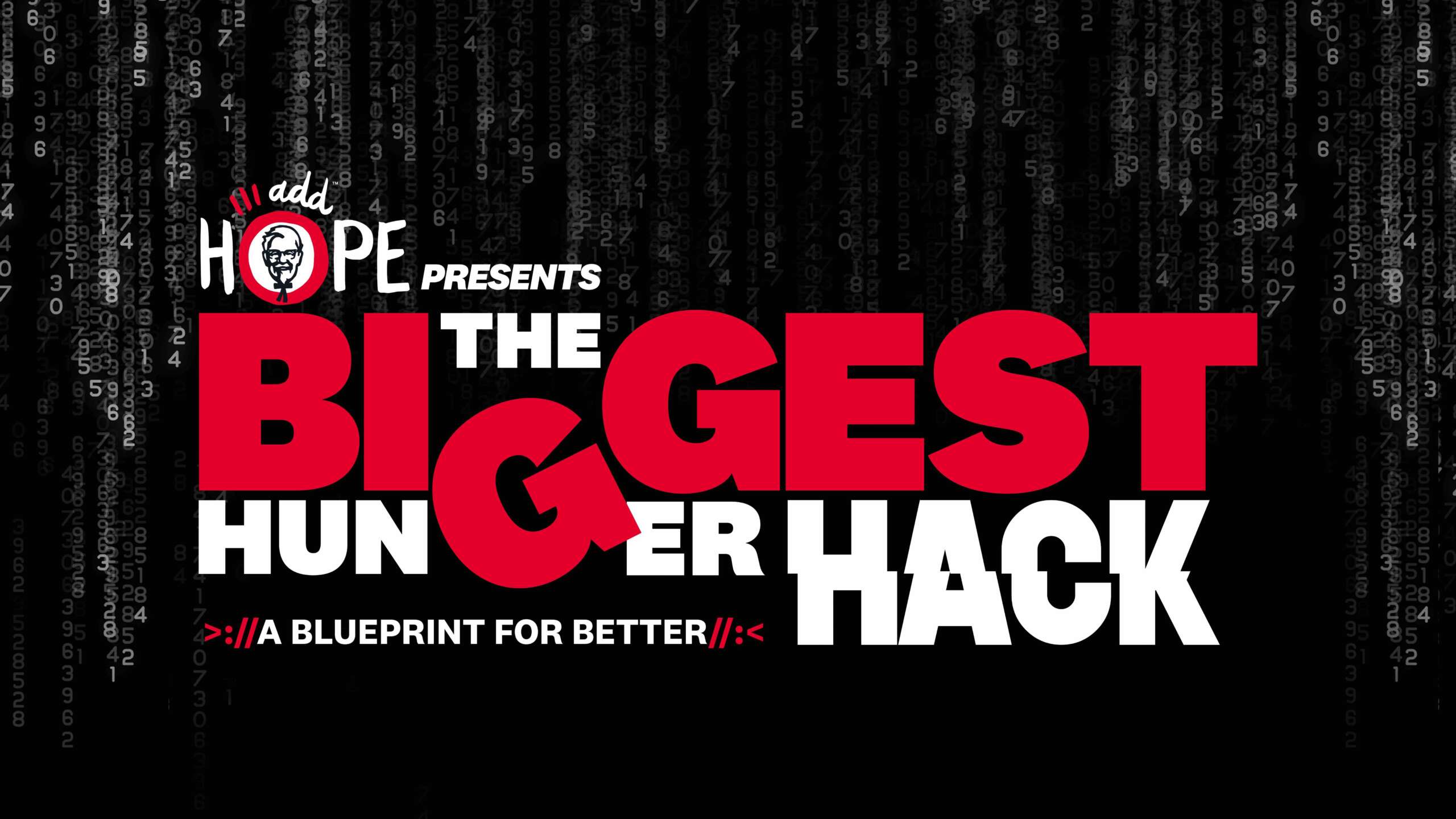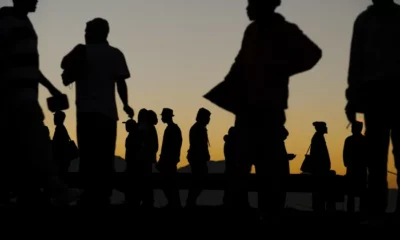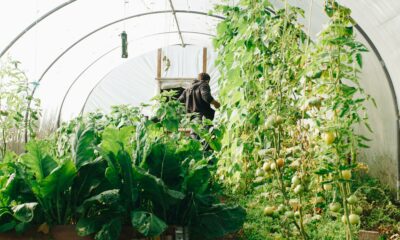News
Gen Z tech talent rewires South Africa’s fight against hunger

Johannesburg, 13 October 2025 – Ahead of World Food Day, South Africa’s hunger crisis just met its next wave of disruption. Sixty of the country’s smartest Gen Z innovators spent a week hacking one of the nation’s toughest problems, child hunger, and emerged with breakthrough, tech-powered ideas that could change how food insecurity is tackled.
Artificial intelligence, blockchain, data visualisation and community-driven platforms were among the technologies harnessed during The Biggest Hunger Hack, a challenge hosted by KFC Africa. The event invited young digital natives to re-engineer the brand’s Add Hope open-source blueprint.
Add Hope, powered by millions of R2 donations from KFC customers, already fuels 3,300+ feeding centres across the country, reaching over 154,000 children last year. But Gen Z just showed how the recipe can get a digital boost. Potential seed funding of up to R1 million could be allocated to the development of the winning solution.
Image 1: Supplied
Stand-out solutions
The overall winning team. Ctrl-Alt-Del-Hunger, turned South Africa’s food waste crisis into a social impact opportunity. Their Misfits Mzansi app rescues ‘ugly’ fruit and veg that would normally be trashed on farms and delivers it to food-insecure families.
The platform also hosts short-form cooking challenges, edutainment content, and ad-driven donations so users literally feed families by engaging with content. “You become a philanthropist just by watching a video,” said the team.
Streetwise scripters built a social-media-first donation ecosystem. Their concept includes a real-time donor dashboard, donation hotspot map, and a KFC loyalty rewards integration where good deeds unlock free meals. Plus, they proposed @KFCAddHopeSA, a TikTok-to-Till campaign for digital storytelling that keeps donors looped in.
Image 2: Supplied
Bit Coders’ chatbot ecosystem makes donations inclusive and transparent even for non-KFC customers. It features AI-driven donor insights, rewards, and tax certification downloads for big donations, using the MTN MoMo API for seamless payments.
Hack 4 Hope’s solution showcased a WhatsApp chatbot that allows customers to scan a QR code from their KFC till slip to instantly donate. Built on blockchain, the system provides proof of every R2’s journey, from donor to meal served, creating full transparency and reinforcing trust. The platform’s “HopeCoins’ reward repeat donors and gamify giving.
Image 3: Supplied
The ultimate ingredient: collaboration
“The Biggest Hunger Hack showed what happens when young digital natives use tech for good,” said Andra Nel, KFC Africa’s Head of Brand Purpose and ESG. “They understand hunger because many have lived it and they understand technology because they were born into it. That’s the sweet spot for innovation with purpose.”
Stakeholders from business, government, and civil society joined the event in Johannesburg to see the hackers pitch live and explore ways to scale their ideas nationally.
Image 4: Supplied
Nel says the next step is to co-develop pilot programmes with Add Hope partners, aiming to showcase results by the time the National Convention on Child Hunger convenes early next year.
“Collaboration is our key ingredient, from customers dropping R2 at the till, to partners like McCormick, Tiger Brands, Foodserv, CBH, Nature’s Garden, Digistics, and Coca-Cola Beverages South Africa, all rallying behind the Add Hope recipe,” she said.
Image 5: Supplied
“Opening up Add Hope as an open-source blueprint has unleashed an outpouring of ubuntu that’s turning this fight into a movement, one that South Africa, and the world, can learn from.”
“These Gen Z hackers showed how tech can supercharge reach and transparency. Now the goal is to turn their best concepts into live pilots with our 128 feeding partners.” Nel said.
Follow Joburg ETC on Facebook, Twitter, TikT
For more News in Johannesburg, visit joburgetc.com
Featured Image: Spice4Life



























